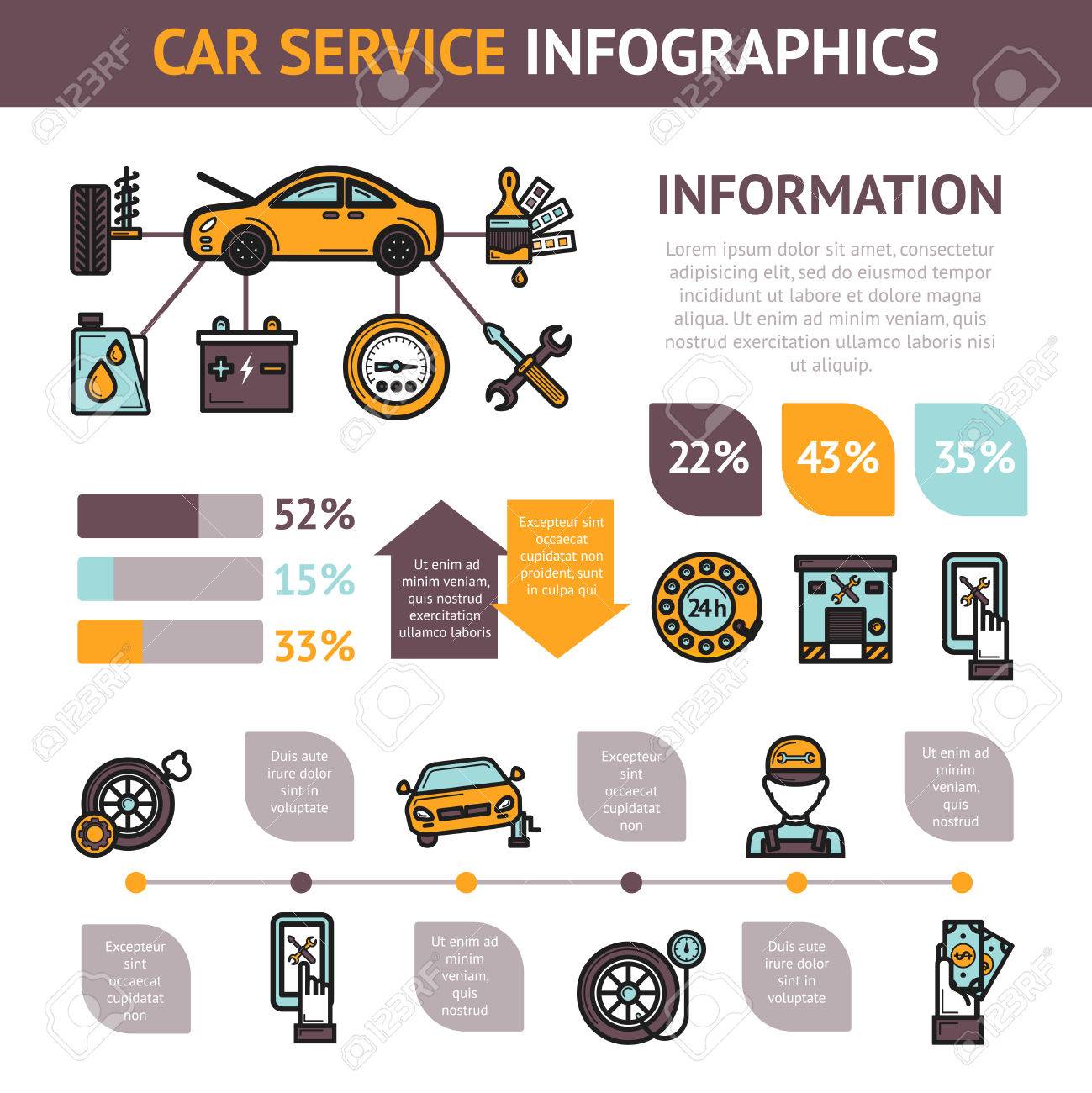Translating Your Car'S Warning Indicators: What They Really Indicate
Translating Your Car'S Warning Indicators: What They Really Indicate
Blog Article
Web Content Produce By-Higgins Alvarado
When you're behind the wheel, those beautiful warning lights on your control panel can be a bit bewildering. Do you recognize what they're attempting to tell you about your auto's wellness? Understanding the value of these lights is vital for your safety and the long life of your car. So, the following time one of those lights turns up, wouldn't you wish to understand its message properly and take the necessary actions to address it?
Common Warning Lighting and Interpretations
Recognize common caution lights in your automobile and recognize their meanings to ensure secure driving.
https://israelojezu.newbigblog.com/38224273/evaluate-your-vehicle-s-demands-to-find-the-excellent-car-outlining-solution-for-you-but-which-aspects-will-truly-affect-your-choice consist of the check engine light, which signals problems with the engine or exhausts system. If this light begins, it's important to have your automobile examined immediately.
The oil stress cautioning light indicates reduced oil pressure, calling for instant interest to avoid engine damage.
A blinking battery light could recommend a faulty billing system, possibly leaving you stranded otherwise attended to.
The tire stress tracking system (TPMS) light signals you to low tire stress, affecting lorry security and gas efficiency. Ignoring this can lead to risky driving conditions.
https://brakeshops94062.blazingblog.com/32179495/exactly-how-to-pick-the-right-car-describing-solution-for-your-demands shows a problem with the anti-lock braking system, endangering your capability to stop quickly in emergency situations.
Lastly, the coolant temperature warning light warns of engine getting too hot, which can result in extreme damage otherwise settled promptly.
Understanding these typical caution lights will aid you resolve issues promptly and preserve safe driving conditions.
Value of Prompt Interest
Recognizing the usual caution lights in your automobile is only the very first step; the importance of without delay attending to these warnings can't be highlighted sufficient to guarantee your safety and security when traveling.
When a warning light brightens on your dashboard, it's your automobile's method of communicating a possible issue that needs focus. Disregarding these cautions can lead to extra severe troubles in the future, compromising your safety and security and potentially costing you more out of commission.
Trigger attention to advising lights can protect against malfunctions and mishaps. For example, a blinking check engine light might suggest a misfire that, if left unattended, can cause damage to the catalytic converter. Addressing over at this website without delay can save you from an expensive repair work.
In a similar way, a brake system cautioning light could indicate reduced brake liquid or worn brake pads, important parts for your safety when driving.
Do It Yourself Troubleshooting Tips
If you notice a warning light on your dashboard, there are a few DIY repairing suggestions you can attempt prior to seeking specialist help.
The primary step is to consult your auto's handbook to understand what the particular warning light shows. Sometimes the concern can be as easy as a loosened gas cap activating the check engine light. Tightening up the gas cap might deal with the trouble.
An additional usual problem is a reduced battery, which can set off different alerting lights. Checking the battery links for corrosion and guaranteeing they're safe may take care of the problem.
If a warning light lingers, you can attempt resetting it by separating the vehicle's battery for a couple of mins and after that reconnecting it. In addition, inspecting your automobile's liquid levels, such as oil, coolant, and brake liquid, can aid fix advising lights associated with these systems.
Verdict
In conclusion, comprehending your auto's warning lights is vital for keeping your car running efficiently and securely. By quickly resolving these notifies and understanding what they imply, you can stay clear of costly fixings and prospective break downs.
Bear in mind to consult your vehicle's manual for particular information on each warning light and take action as necessary to guarantee a hassle-free driving experience.
Remain notified, stay safe when driving!
